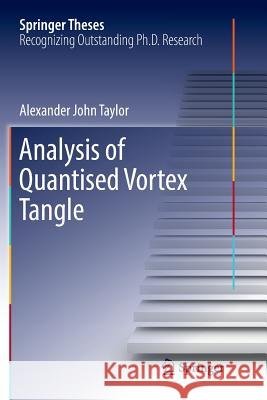Analysis of Quantised Vortex Tangle » książka
topmenu
Analysis of Quantised Vortex Tangle
ISBN-13: 9783319839714 / Angielski / Miękka / 2018 / 197 str.
Kategorie BISAC:
Wydawca:
Springer
Seria wydawnicza:
Język:
Angielski
ISBN-13:
9783319839714
Rok wydania:
2018
Wydanie:
Softcover Repri
Ilość stron:
197
Waga:
0.31 kg
Wymiary:
23.39 x 15.6 x 1.17
Oprawa:
Miękka
Wolumenów:
01
Dodatkowe informacje:
Wydanie ilustrowane











